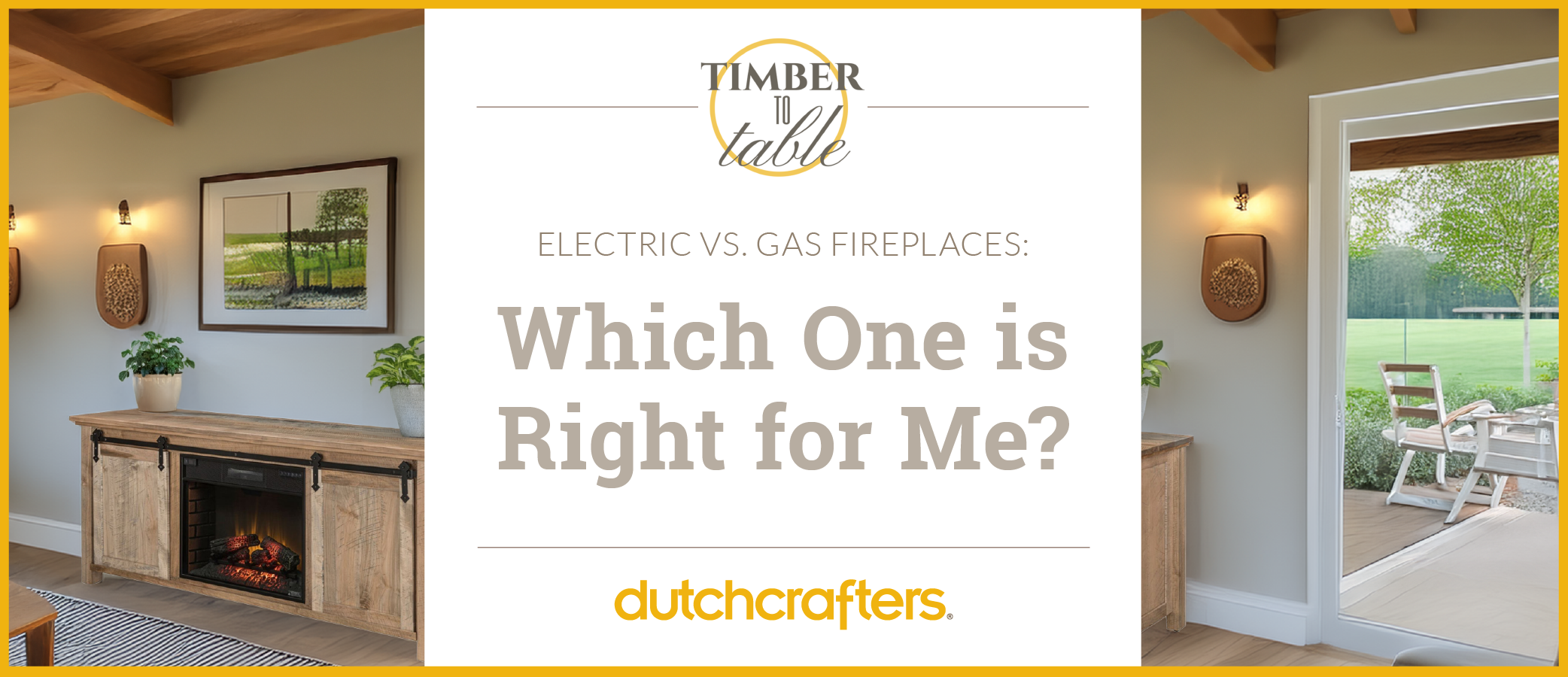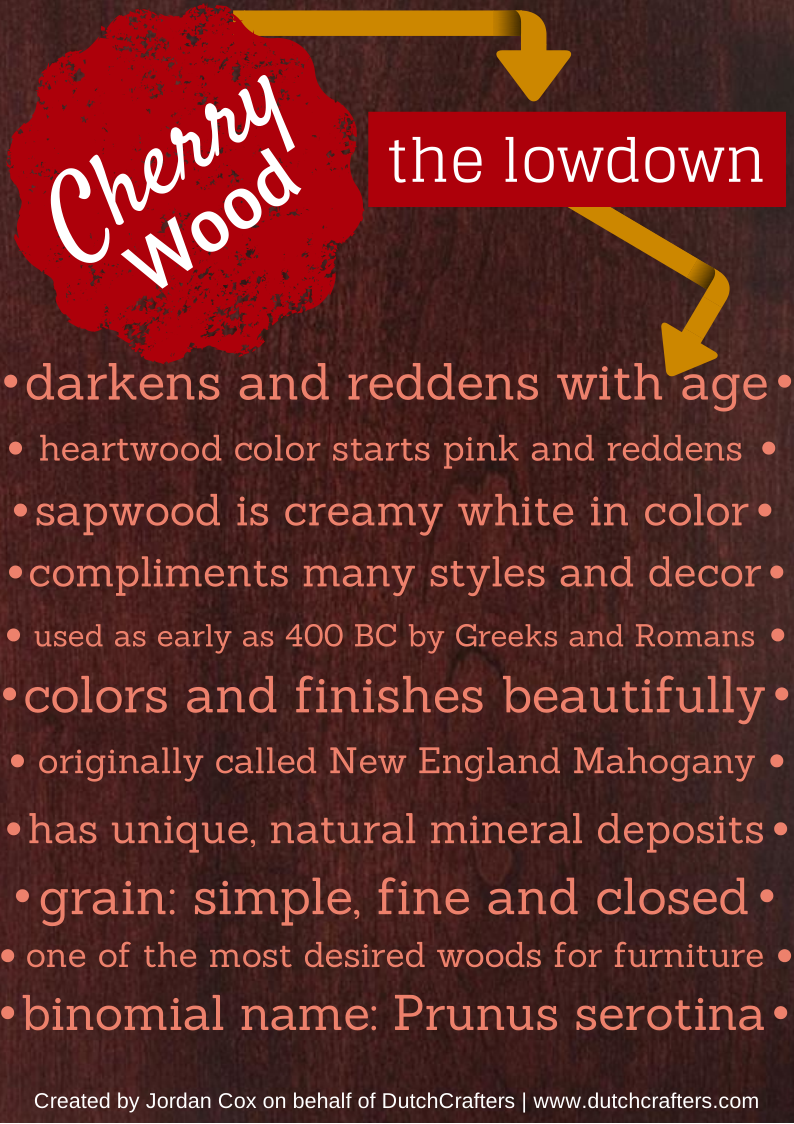
Gas vs. Electric Fireplaces: Which One is Right for Me?
Fireplaces are as visually pleasing as the warmth and comfort they emit in your room on a cold night. Gas and electric fireplaces have risen to prominence over the years, so anyone can have a fireplace, even if there is no entry point for Santa Claus. Fireplaces can be strictly aesthetic, or you may be looking for a stylish way to supplement your house’s heat.
So you know you want a fireplace but now you must decide:
Gas vs. Electric Fireplaces: Which One is Right For Me?
Gas vs. Electric Fireplaces: The Showdown
If you are reading this, you are likely in the market for a gas or electric fireplace. We give you an honest breakdown of the pros and cons of both gas and electric fireplaces. This guide should help you decide which type of fireplace will be the perfect fit for your lifestyle, budget, heating needs, and home.
Gas Fireplaces: Pros and Cons
Gas Fireplace Pros:
- Realistic Flame Appearance: The gas-powered flames are real, so let’s be real: it’s tough to beat the real experience.
- High-Heat Output: Gas-powered fireplaces bring the heat with a higher BTU rating. They heat more space (meaning larger rooms) and heat the room more rapidly than electric fireplaces. This is one of the advantages of having real flames.
- Convenience: Flip a switch and you’ve got a fire.
- Low Maintenance: Wood-burning fireplaces produce ash and soot. If you are unfortunate enough to light a fire without opening the damper, you have a whole other mess. I know from experience. I once flooded the entire house with smoke and had to use the fire extinguisher to keep the flames from pouring into the living room. What a mess! You don’t have to worry about any of that with a gas fireplace.
Gas Fireplace Cons:
- Installation Costs: Gas fireplaces require a gas line and proper ventilation, which can run the installation costs up to $9,000 in some cases!
- Safety Concerns: Improperly maintained units can pose risks of gas leaks or carbon monoxide emissions. You’ll definitely want to invest in a carbon monoxide detector. Actually, you should do that even if you don’t have a gas fireplace.
- Limited Placement Options: Because of venting requirements, gas fireplaces can’t be installed just anywhere.
Electric Fireplaces: Pros and Cons
Electric Fireplace Pros:
- Ease of Installation: Electric fireplaces simply plug into a power outlet. There will be no gas line installation or venting. Just plug it in!
- Safety: With no open flames or emissions, they’re safe for families with kids and pets. You don’t have to worry about anyone or anything getting burned by a hot surface or flame.
- Energy Efficient: They convert nearly all the electricity they use into heat, making them cost-effective.
- Design Versatility: Available in modern, traditional, and customizable styles, they fit seamlessly into any room.
- Realistic-Looking Artificial Flame: Most of our woodworkers make their famous Amish fireplaces with the Classic Flame electric fireplace insert. The Classic Flame insert looks incredibly realistic thanks to their patented 3D Flame technology.
- Adjustable Features: Many models offer flame brightness and color settings, as well as heat control, allowing you to enjoy the ambiance without heating the room.
- Lower Maintenance: The gas fireplaces are lower maintenance than wood burning ones, but the electric fireplaces have the lowest maintenance demands of them all.
- Customizable Flames: Electric fireplaces bring all sorts of customizable options to the table. For instance, you can change the speeds and colors of the flames.
- Lower Costs: Not only do you save on installation, but the cost to purchase and run an electric fireplace presents the superior option to gas fireplaces. You can even use our handy Electric Fireplace Cost Calculator to see how much extra you will pay on your electric bill for an electric fireplace (hint: it’s not very much!)
Electric Fireplace Cons:
- Lower Heat Output: Electric fireplaces are best for smaller rooms or supplemental heat. Most of our Amish fireplaces at DutchCrafters heat up to 1,000 square feet. It’s great for zone heating but gas brings more heat than electric.
- Less Realistic Appearance: While some models have convincing flames, they aren’t real flames like with a gas fireplace.
- Dependent on Electricity: They won’t work during a power outage unless you have a generator, battery pack, or other alternative power source.
Gas vs. Electric Fireplaces: Which Type is Right for You?
If you’re looking for high heat output and a realistic flame, and you don’t mind the upfront costs of installation, a gas fireplace might be the way to go. On the other hand, if you prefer a more flexible, affordable, and easy-to-install option that still puts out some heat, an electric fireplace could be your perfect match.
Gas Fireplaces Are Best For:
Gas fireplaces are great for homeowners who value a real flame and need a reliable heat source for large spaces. Gas fireplaces are great if you can afford the additional expense of installation and you are okay with a fixed location.
Electric Fireplaces are Best for:
Electric fireplaces are perfect for renters or homeowners who want a hassle-free way to add ambiance to their space. If you need an electric fireplace for heat, they’re ideal for people who need to heat smaller rooms.
If you care about the environment, electric fireplaces have a lower carbon footprint and are considered to be eco-friendly, energy-efficient heating. If you want the flexibility of rearranging your rooms, electric fireplaces are the right choice for you. Some even come with hidden casters so you can roll them conveniently to a new spot.
Shop DutchCrafters Amish Electric Fireplaces
If electric fireplaces are the right choice for you, then you have come to the right place. DutchCrafters has a marvelous selection of incredible Amish Electric Fireplaces, TV Stands with Electric Fireplaces, and Entertainment Centers with Fireplaces.
Seth Carter has been with DutchCrafters since 2020. Seth has won multiple awards for his work in Amish furniture while with DutchCrafters. He has advised and partnered with more than 150 Amish wood shops on furniture presentation, design, industry trends, product options, and the development of exclusive products. He is originally from Indiana and even lived in Amish country (LaGrange, Indiana) for an extended period of time while working with DutchCrafters. Seth was previously in charge of DutchCrafters' Amish bedroom furniture category. He was eventually promoted to lead the team that managed every product in DutchCrafters' world's largest online collection of Amish furniture.





